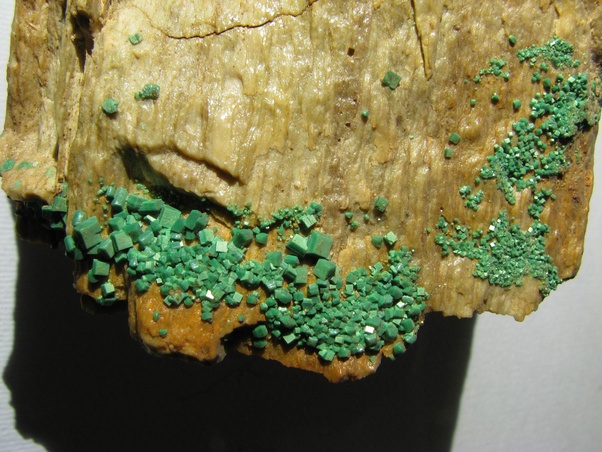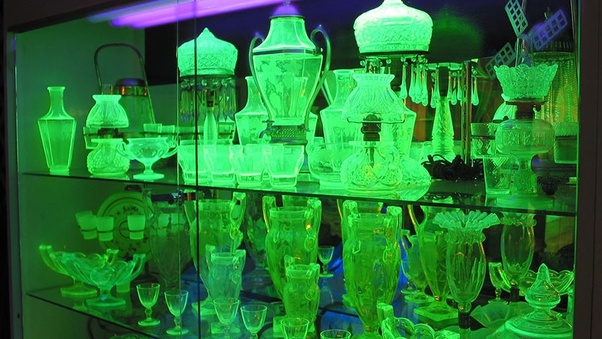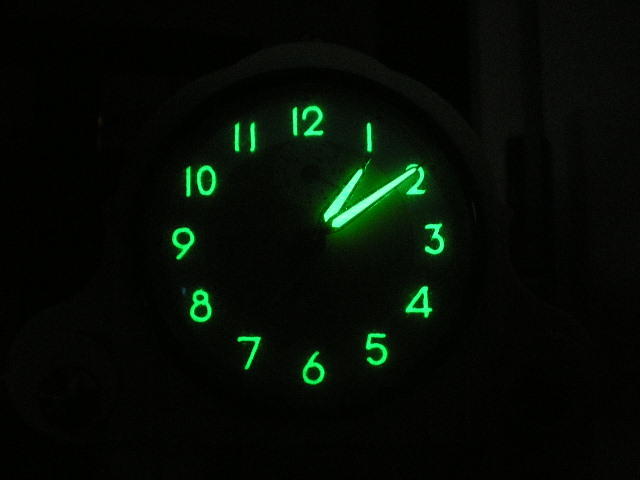I recently learned about Cherenkov Radiation which produces an eerie blue glow, such as when viewing a nuclear reactor submerged in water. This effect was known about as early as the 1930's. However, nearly every representation of radioactivity and radioactive materials I've seen in popular media is associated with a bright green glow. Aside from radium being used in radioluminescent paint and uranium being used as a glass colorant, I have found few if any examples of this "green glow" in real life.
What was the origin of the association between radioactivity and the color green in today's media?



